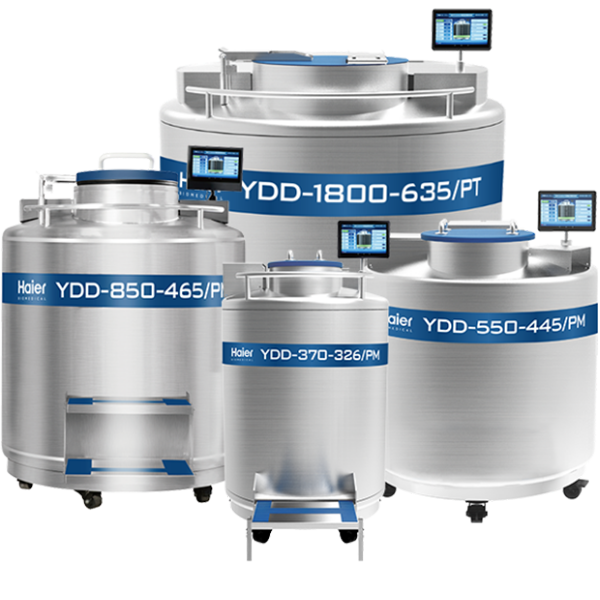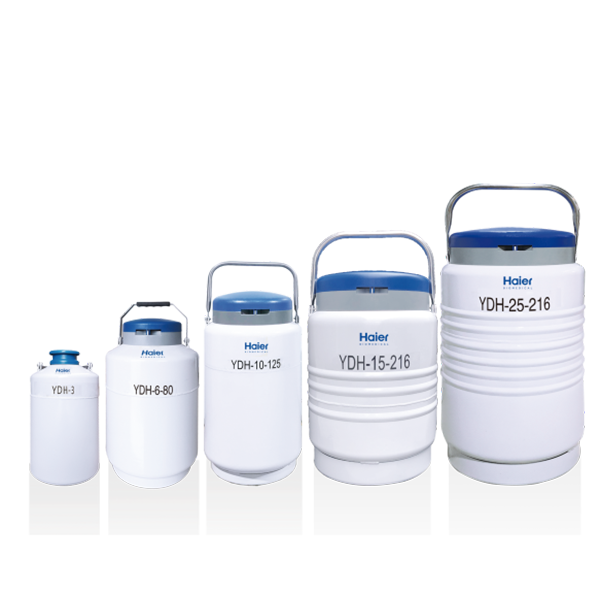In the fields of biology and medicine, the protection of biological samples is of paramount importance. Apart from being "asleep" in laboratories and hospitals, these samples often require transportation. To safely store or transport these precious biological samples, the use of liquid nitrogen tanks at deep ultra-low temperatures of -196 degrees Celsius is indispensable.

Liquid nitrogen tanks are generally classified into two types: liquid nitrogen storage tanks and liquid nitrogen transport tanks. Storage tanks are primarily used for stationary preservation of liquid nitrogen indoors, with larger capacities and volumes that are less suitable for long-distance transportation in operational states.
In contrast, liquid nitrogen transport tanks are more lightweight and designed to meet transportation requirements. To ensure suitability for transport, these tanks undergo specialized anti-vibration design. Besides static storage, they can be used for transportation while filled with liquid nitrogen, but precautions must be taken to avoid severe collisions and vibrations.
For instance, Haier Biomedical's Liquid Nitrogen Biobanking Series is capable of transporting biological samples in deep ultra-low temperature environments. Its structural design effectively prevents the release of liquid nitrogen during transportation.

In situations where personnel require short-duration air transport, the Biobanking Series proves invaluable. This series features a robust aluminum structure with five volume specifications to choose from, a 3-year vacuum warranty, ensuring the prolonged safety of samples. The tanks can store cryogenic vials or 2ml standard freezing tubes, equipped with a special stainless-steel mesh separator for storage space and a liquid nitrogen adsorption body. Optional lockable lids add an extra layer of security to sample storage.
While the design of liquid nitrogen tanks facilitates transportation, several safety precautions must be observed throughout the entire transport process. Firstly, it is essential to ensure that all valve switches on the liquid nitrogen tank are in the same state as during storage. Additionally, the tank should be placed inside a wooden frame with proper cushioning, and if necessary, secured to the transport vehicle using ropes to prevent any movement during transportation.
Furthermore, using fillers between tanks is crucial to prevent jostling and impacts during transport, thereby avoiding accidents. When loading and unloading liquid nitrogen tanks, attention should be paid to prevent them from colliding with each other. Dragging them on the ground is strongly discouraged, as it may reduce the lifespan of the liquid nitrogen tanks.
Post time: Jan-04-2024











